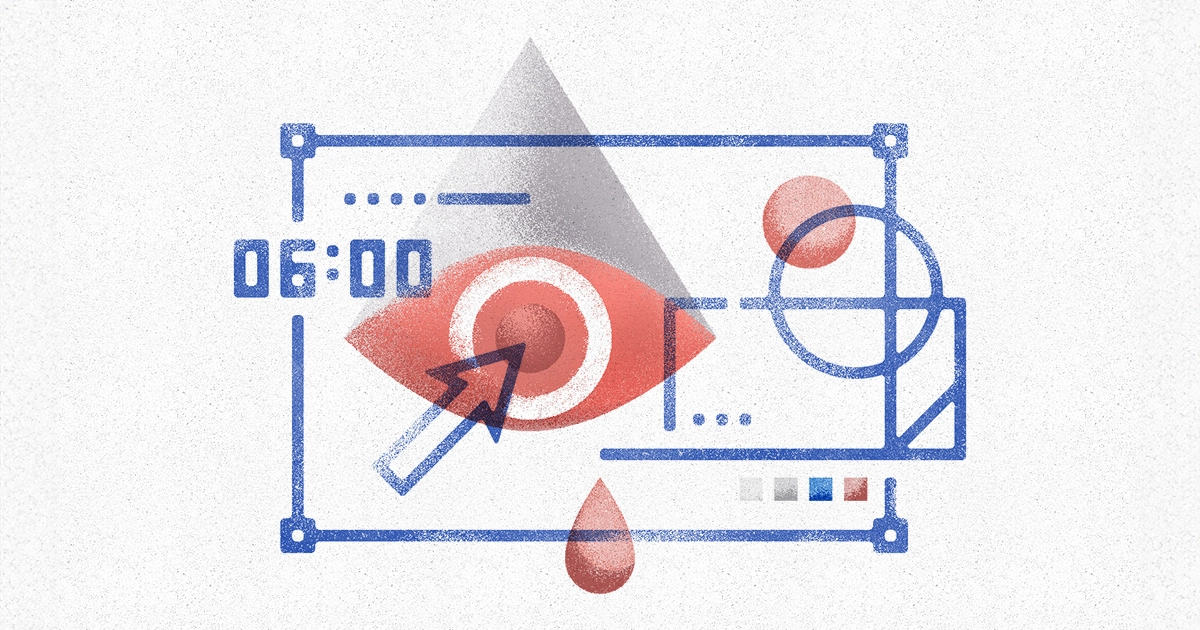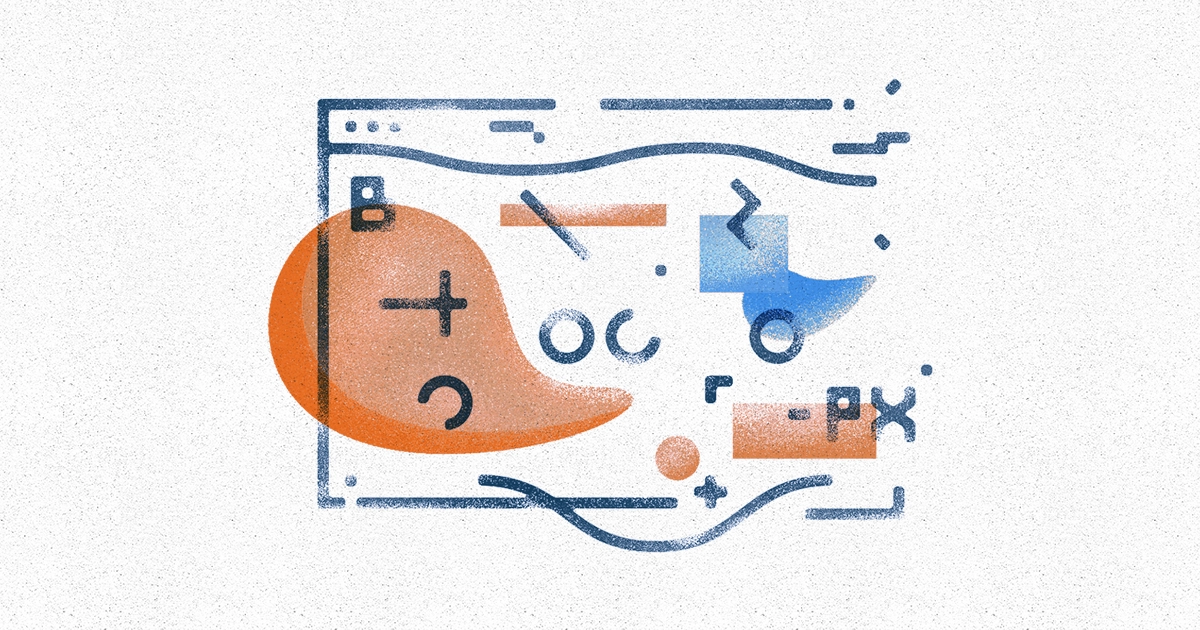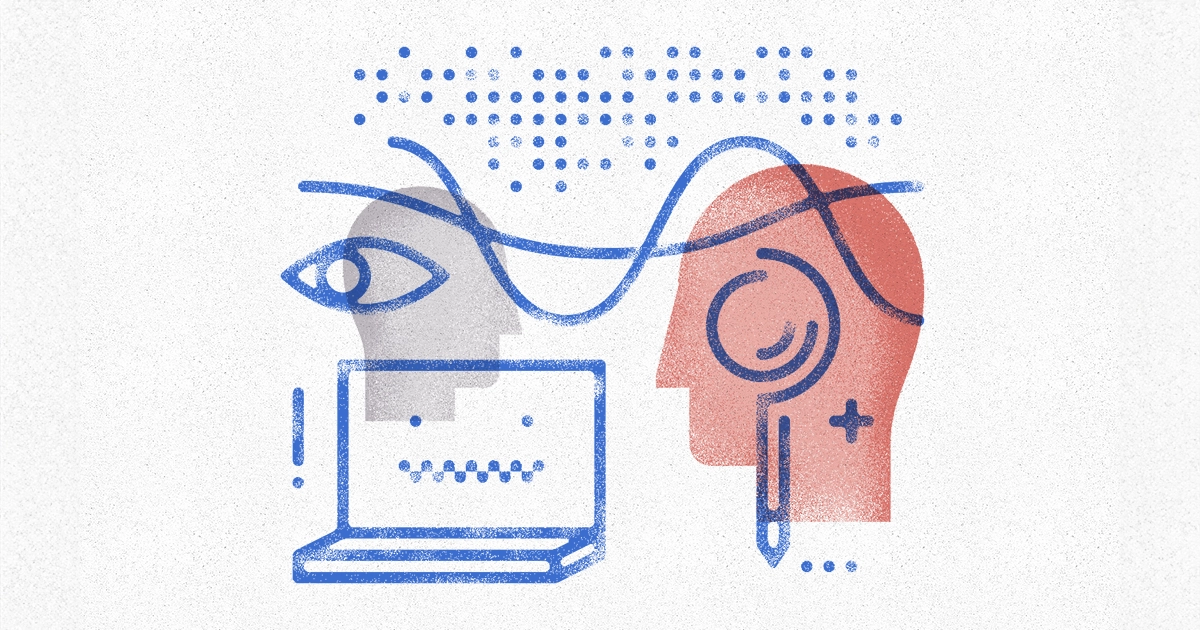Tl;dr: UX or User Experience encompasses all aspects of the end-user
interactions with the company, its services, and its products.
An authentic user experience goes far beyond giving customers what they say
they want. So we go deeper and research the underlying wants and needs of the end-user. To provide a
high-quality user experience, we have to be seamless in our disciplines, which we discuss in detail.
There are also two primary requirements to provide a superior user
experience. The first is to meet the customer’s exact needs without fuss or bother. Next, focus on
simplicity and elegance to produce products that are a joy to use.
What is the difference between UI and UX?
While UX/UI is a generic term, there is a distinct difference between the two when talking
about a product. The term User Interface (UI) refers to the elements that make up the interface of the
product. The "tangible" portion of a design, what we see. In short, UI refers to the colors, typography,
iconography, layout, and components themselves. User Experience (UX) is the intangible, the experience, the
feelings of a user. It is the how or why of design as a user might think, "Why am I doing this?" or "Why is
this so hard?" UX refers to the user's goal, how they get something accomplished in the product, or even why
they should be bothered completing something.
Imagine the checkout process at your local grocery store. The user interface is the series of
lanes. They are marked with numbers and placed conveniently at the front of the store. The user experience
is the process of removing the items from your cart onto the belt and a clerk scanning and bagging your
groceries while you pay. You’ve seen variations of the user interface and user experience at different
stores. All else being equal, you probably prefer to shop at stores with a nicer interface and an easier and
more joyous experience. It’s the same when it comes to software and its users.

Disciplines of UX
UX is an umbrella term covering a wide range of concepts; at BrainGu, we break UX out into six
different disciplines.

Interaction Design
Designers focused on the user experience and how to guide users
through the product to accomplish tasks.

Visual Design
Designers focused on the aesthetics of the product. Love color,
typography, spacing, etc.

Motion Design
Designers adept at using motion to add another layer of
aesthetics to designs.

Content Design
Content writers/strategists shape the verbiage and written
experience of the product.

UX researcher
Usability researchers run studies and understand the user at a
deeper level, take feedback, and translate that feedback back into directions for designers. UX
Researchers dive deeper than what the user said their needs and wants are to unlock underlying
requirements.

Design Engineering
Hybrid designer/front-end developers translate designs into code
for handoff and prototype development for usability studies.
Goals for UX
- BrainGu products and those we build on behalf of our clients should embody the pinnacle of UX
principles.
- Create a high-quality, consistent, enjoyable experience for our users, creating an ecosystem that people
want to participate in.
- Breathe life into our products to make them at or above the best products available.
 The Importance of Usefulness in UX and UI
The Importance of Usefulness in UX and UI


